Optimal Seasons for Foundation Repairs
Foundation repairs are most effectively performed during specific times of the year when environmental conditions are optimal. The ideal period generally falls within the milder months, avoiding extreme cold or heat, to ensure proper curing and stability of repair materials. Understanding seasonal variations helps in planning repairs to minimize disruptions and maximize durability.
Spring offers moderate temperatures and consistent moisture levels, making it suitable for foundation repairs. Soil is often more pliable, allowing for better assessment and repair effectiveness.
Summer repairs should be scheduled early or late in the season to avoid high heat and dry conditions, which can affect curing times and material performance.
Fall provides cooler temperatures and stable soil conditions, reducing the risk of soil movement that can interfere with repairs.
Winter is generally less ideal due to freezing temperatures, which can hinder repair processes and affect material setting and stability.
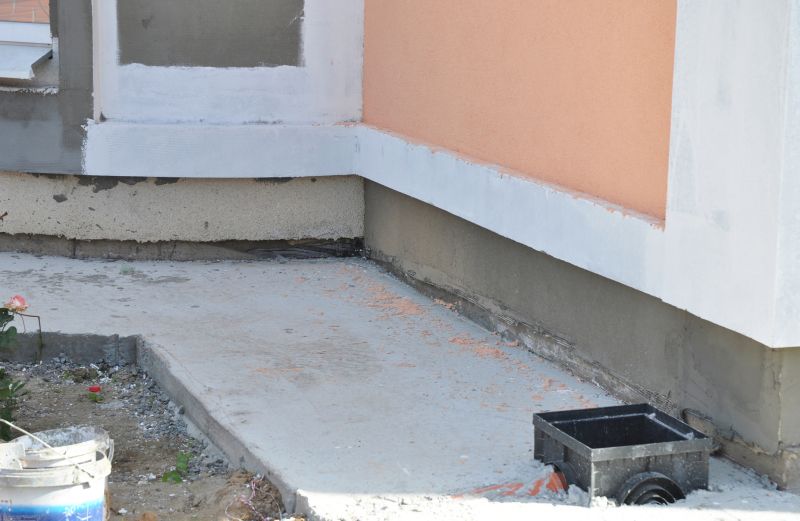
Ways to make Foundation Repairs work in tight or awkward layouts.
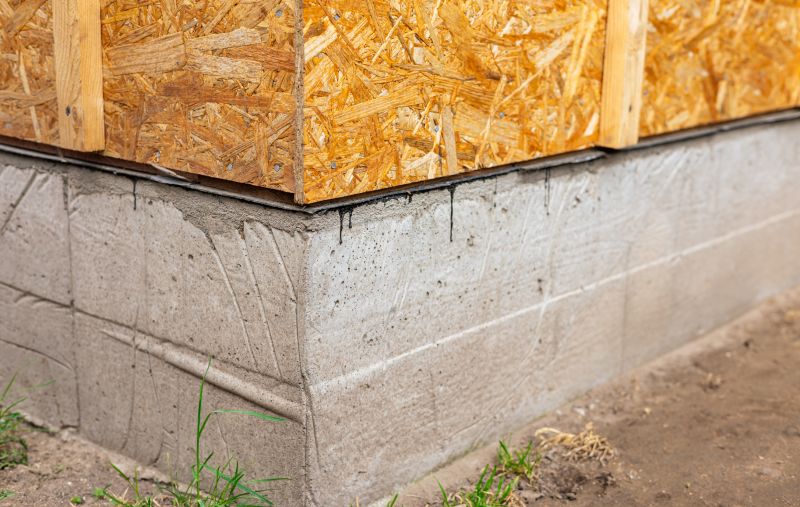
Popular materials for Foundation Repairs and why they hold up over time.
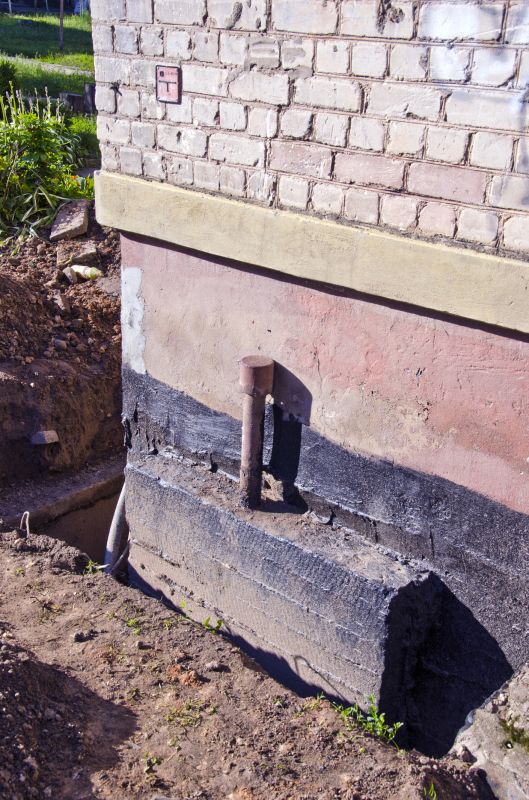
Simple add-ons that improve Foundation Repairs without blowing the budget.
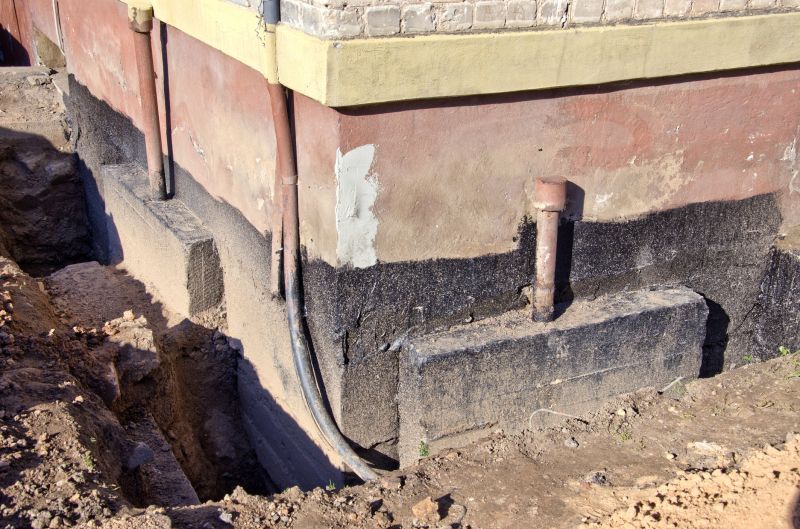
High-end options that actually feel worth it for Foundation Repairs.
| Season | Ideal Conditions |
|---|---|
| Spring | Moderate temperatures, consistent moisture, soil pliability |
| Summer | Early or late season, avoid extreme heat and drought |
| Fall | Cool temperatures, stable soil conditions |
| Winter | Freezing temperatures, less suitable for repairs |
Foundation repairs involve addressing issues such as settlement, cracking, and shifting that can compromise structural integrity. Proper timing ensures that repairs are more effective and longer-lasting. Seasonal factors like soil moisture levels and temperature fluctuations significantly influence the success of foundation stabilization efforts.
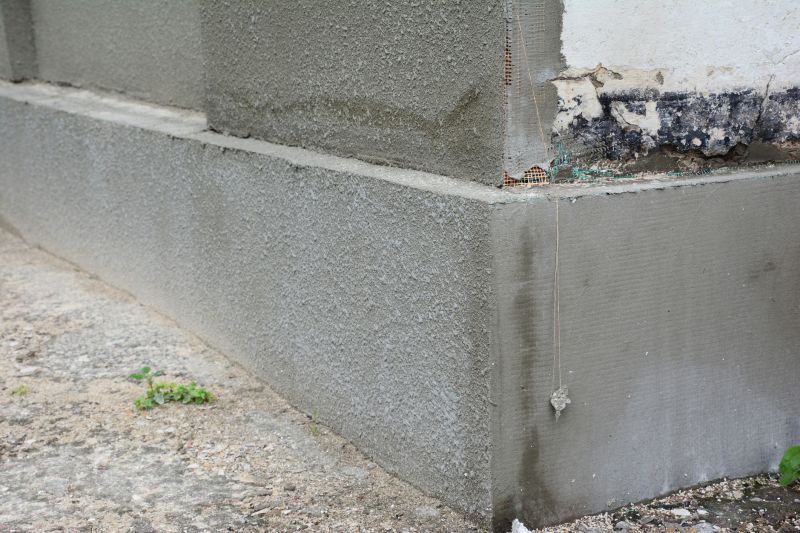
Finishes and colors that play nicely with Foundation Repairs.

Little measurements that prevent headaches on Foundation Repairs day.

A 60-second routine that keeps Foundation Repairs looking new.
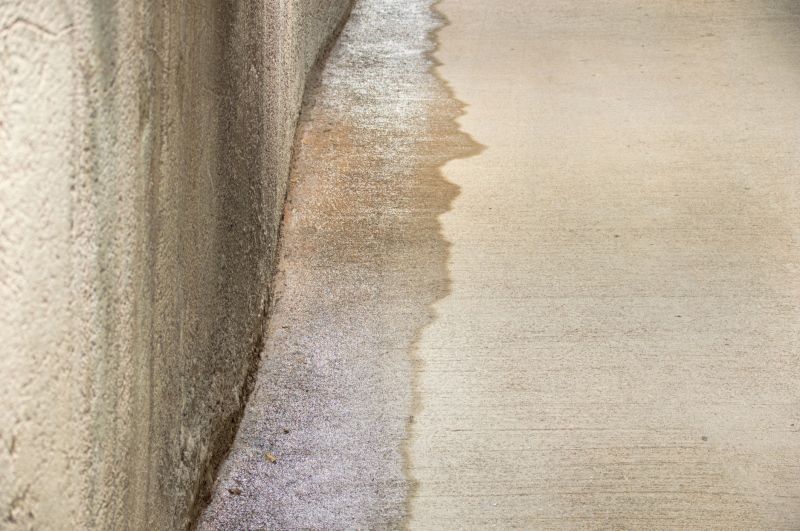
A frequent mistake in Foundation Repairs and how to dodge it.
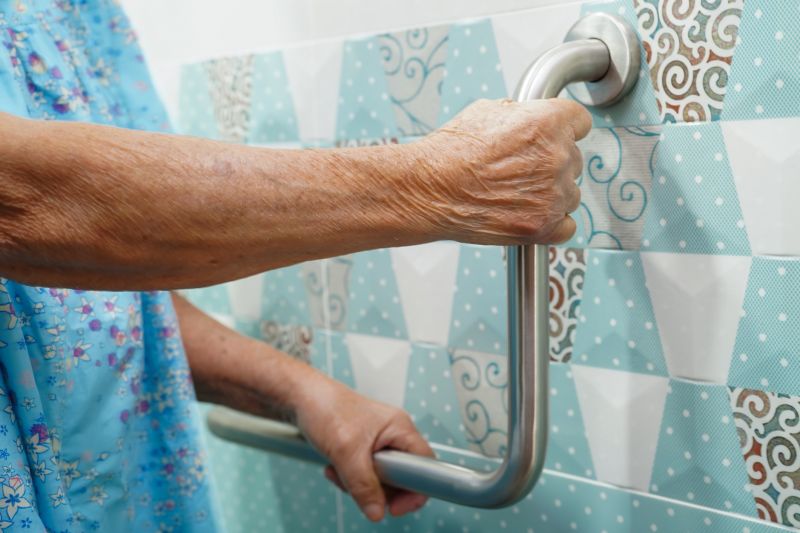
Small tweaks to make Foundation Repairs safer and easier to use.
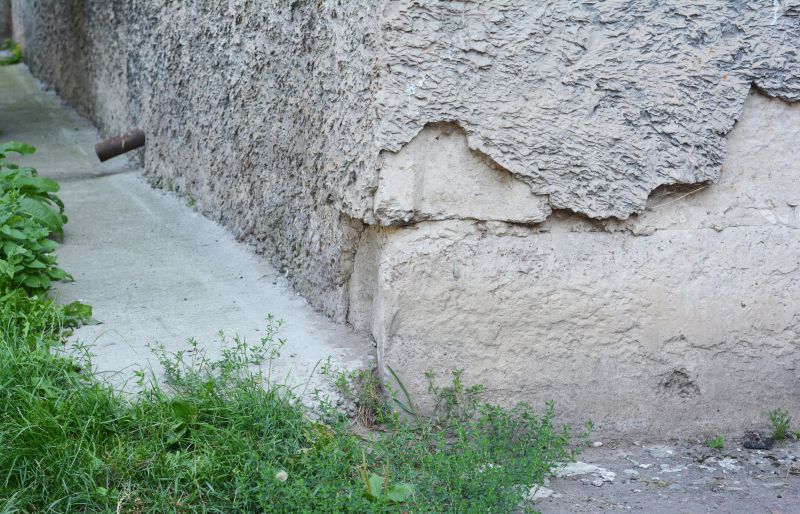
Lower-waste or water-saving choices for Foundation Repairs.
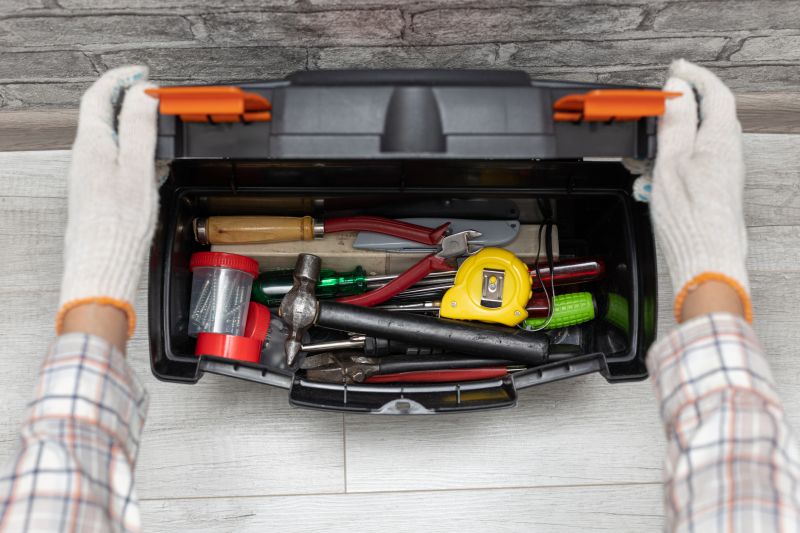
The short, realistic tool list for quality Foundation Repairs.
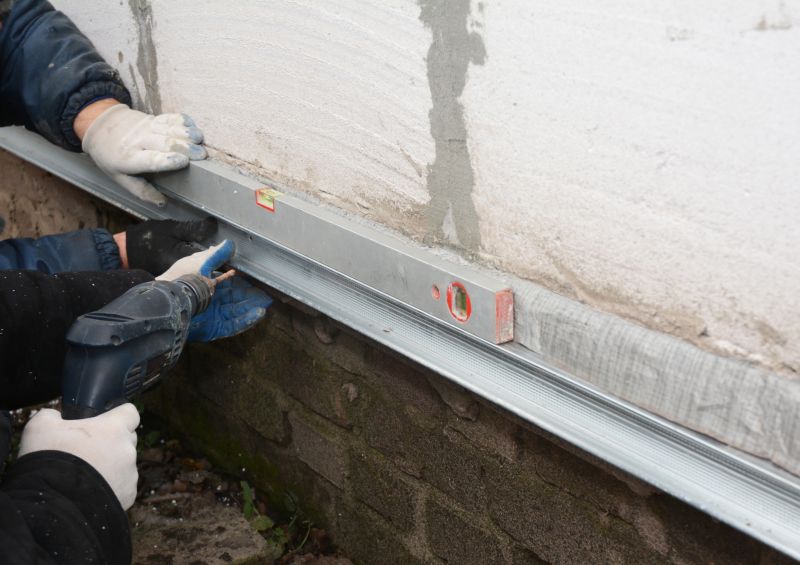
Rough timing from prep to clean-up for Foundation Repairs.
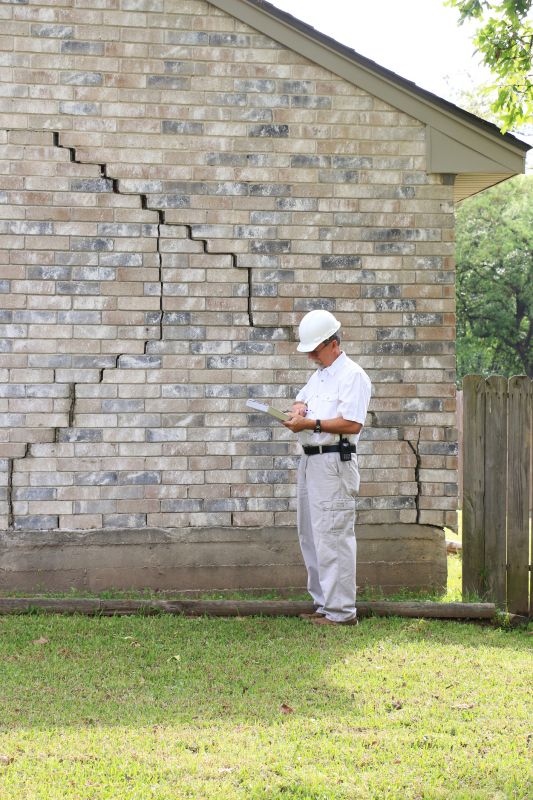
Quick checks and paperwork to keep after Foundation Repairs.
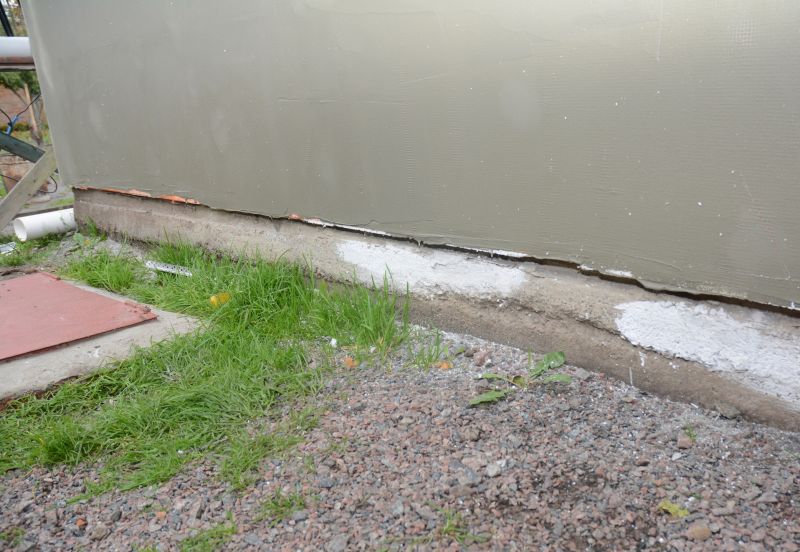
Examples that show the impact a good Foundation Repairs can make.
Cracks in walls or floors, uneven flooring, and sticking doors or windows can indicate foundation issues.
Addressing foundation problems early can prevent more extensive and costly repairs later.
Soil moisture levels should be maintained to reduce shifting and settling that affect foundations.
Selecting the optimal time for repairs can enhance effectiveness and durability of the work performed.
Understanding the seasonal influences on foundation repairs can help homeowners plan effectively. Proper timing not only improves the quality of repair work but also extends the lifespan of the foundation. Consulting with foundation specialists can provide guidance tailored to specific environmental conditions and structural needs.
Interested in foundation repairs? Filling out the contact form provides a way to receive expert advice and schedule assessments at the most suitable time for your property in Lorain, OH.


